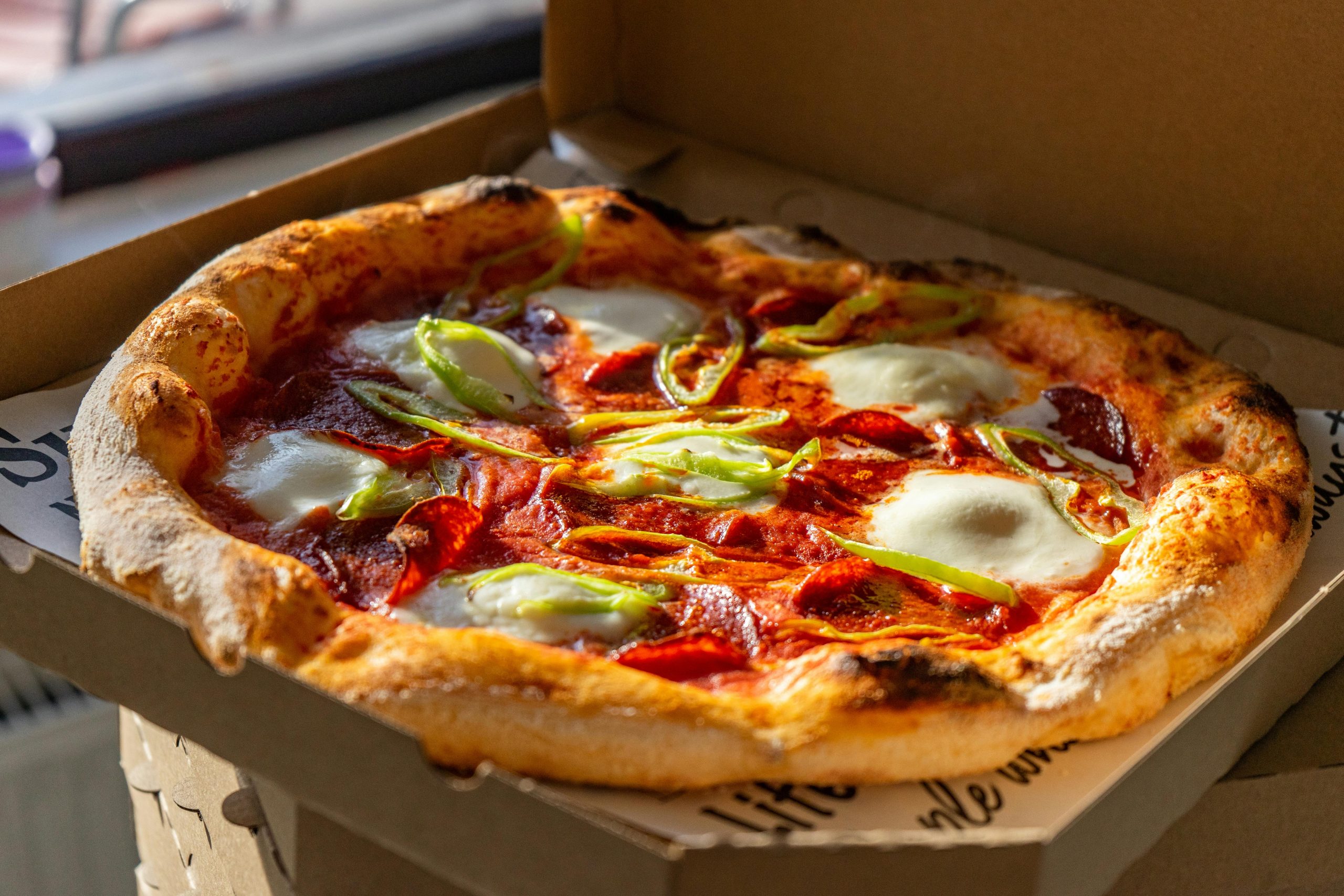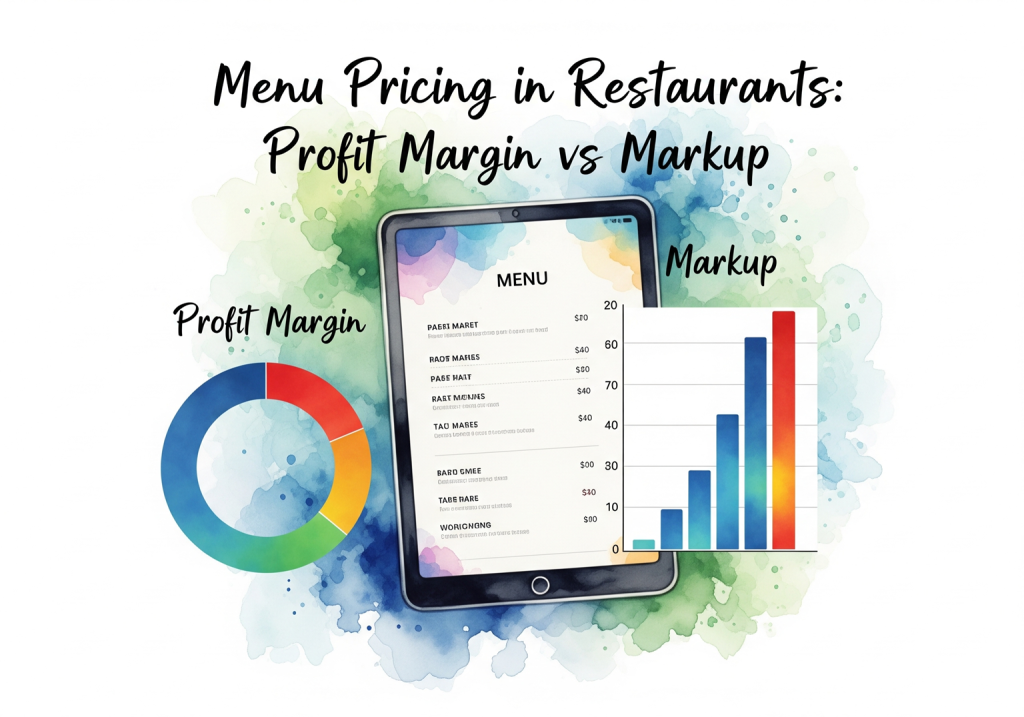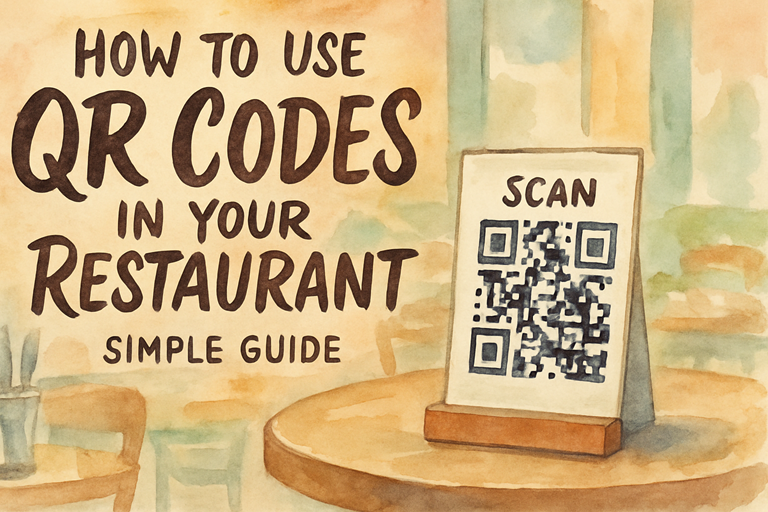Think about it: prepping a meal—buying ingredients, cleaning, thawing, washing, chopping, cooking, and then cleaning up afterward—takes hours out of our busy day.
Ready to Eat food products are usually low-effort meals that can be made in 5-10 minutes. The reason to prefer this is to save time that is taken while preparing food. Some examples of ready-to-eat food include noodles, soups, salads, and frozen meat like salami.
While ready-to-eat food can save you time, there are some things that you need to take care of. Read more to find out.
What is Ready-to-Eat Food?
Ready-to-eat foods are a group of food products that require little to no preparation. These foods are pre-cleaned, pre-cooked, and usually packaged, meaning they’re ready for immediate consumption without needing any additional cooking. Whether it’s breakfast, lunch, or dinner, ready-to-eat meals are designed to make your life easier by cutting out the long prep and cooking process.
Why Choose Ready-to-Eat Food?
The biggest advantage of ready-to-eat meals is convenience. With these meals, you can save at least 50% of the time you’d normally spend on the whole process of preparing, cooking, and cleaning up after a meal. All you need to do is heat the food, and it’s ready to eat.
For restaurant owners, this trend opens up exciting new opportunities. With consumers increasingly seeking convenience, more manufacturers are investing in developing innovative, fresh ready-to-eat meals. By tapping into these trends, restaurants can meet the growing demand for quick, tasty, and convenient meal options.
What Are Ready-to-Eat Food Products?
There’s a wide variety of ready-to-eat food products available today. From fresh salads to frozen pizzas, you’ll find something for every taste and dietary need. But what are 5 examples of ready-to-eat food? Here’s a quick list:
- Pre-packaged salads
- Frozen dinners like lasagna or stir-fry
- Pre-cooked meats like grilled chicken or beef strips
- Ready-to-eat sandwiches or wraps
- Instant soups or noodles
These products offer variety and flexibility for both consumers and restaurant owners looking to expand their menus without requiring extensive preparation.
What is the Advantage of Ready Meals?
One of the biggest advantages of ready meals is how much time they save. For busy people, this is a game-changer. Imagine coming home after a long day of work and knowing you don’t have to spend an hour in the kitchen—you just heat your meal, and you’re good to go. This convenience has made ready-to-eat meals extremely popular among consumers who are short on time but still want a decent meal.
For restaurant owners, this trend means an opportunity to offer fresh ready-to-eat meals to customers who value convenience but also expect quality. By providing ready-to-eat options, you can attract a wider range of customers, including those who want a quick, healthy meal without sacrificing taste or nutrition.
Are Ready-to-Eat Foods Healthy?
Just like any food, ready-to-eat meals come with healthy options. Consumers can choose meals that align with their health goals by picking baked, grilled, or steamed proteins. Including whole grains like brown rice or whole-wheat pasta is also a great way to add fiber. When selecting a ready-to-eat salad, it’s best to opt for light dressings and avoid using too much sauce, as that can add unnecessary calories.
However, there are also less healthy options out there. High-fat extras like mayo, sour cream, cheese, and bacon should be avoided if you’re trying to make a healthier choice. The key is to read the labels and choose meals that offer balanced nutrition while still fitting into the ready-to-eat category.
Ready-to-Eat Food Trends
Ready-to-eat food trends are evolving, with North America leading the market. The go-to options for many consumers have been frozen pizza or handheld breakfast items. While these were convenient, they weren’t always the healthiest or freshest choices. Now, the ready-to-eat market has shifted toward healthier alternatives.
Major players in this market include brands like Birds Eye, Power Bowls, and Hungry-Man, all of which have expanded their offerings to include healthier, more innovative meals. Even established companies like Marks & Spencer (M&S) are tapping into the trend. M&S Food has introduced a line of halal-certified ready meals, addressing the growing demand for halal options in the market.
This diversification of ready-to-eat offerings is a great sign for restaurant owners looking to explore new avenues of business. By offering a variety of ready-to-eat meals, you can cater to different dietary preferences and capture more of the market share.
Market Perception of Ready-to-Eat Food in Asia
While the ready-to-eat trend is popular in North America, Asia’s reception has been a bit mixed. Some consumers worry about the safety and cleanliness of pre-packaged meals, especially with lingering concerns about COVID-19 and the spread of disease through food. However, as public health organizations continue to promote safe food handling and marketing efforts become more effective, we expect this trend to grow.
Many housewives and working professionals in Asia are beginning to see the benefits of ready-to-eat food. With long work hours and demanding household responsibilities, these consumers are looking for ways to save time and energy, and ready-to-eat meals offer a convenient solution.
Why Ready-to-Eat Food is Here to Stay
As countries develop and people become busier, the demand for convenience will only increase. Ready-to-eat meals meet that demand by offering a simple solution to the problem of time-consuming meal preparation. These meals eliminate the cons of cooking while still providing nutrition and affordability, helping consumers avoid burnout and maintain a healthier work-life balance.
For restaurant owners, embracing the ready-to-eat food trend can be a smart business move. By offering a range of fresh, ready-to-eat meals, you can attract busy professionals, families, and health-conscious consumers looking for quick, nutritious options. Whether it’s expanding your menu with ready-to-eat options or collaborating with ready-meal providers, the opportunities are vast.
In today’s fast-paced world, ready-to-eat food products are becoming a go-to solution for consumers who value convenience and quality. By tapping into this growing trend, restaurant owners like you can offer fresh, healthy, and convenient meals that meet your customers’ needs.
Remember, ready-to-eat meals don’t just save time—they also open up new possibilities for your business. Whether you’re expanding your menu or partnering with suppliers, the ready-to-eat food market has a lot to offer. So, why not explore the possibilities and give your customers the convenience they crave?
And while you’re at it, don’t forget that managing your operations efficiently is key. Using systems like Food Market Hub’s procurement and inventory management can help you save time and minimize waste, just like ready-to-eat meals save your customers’ time.
So, why wait? Start tapping into the ready-to-eat food trend today and watch your business grow.




